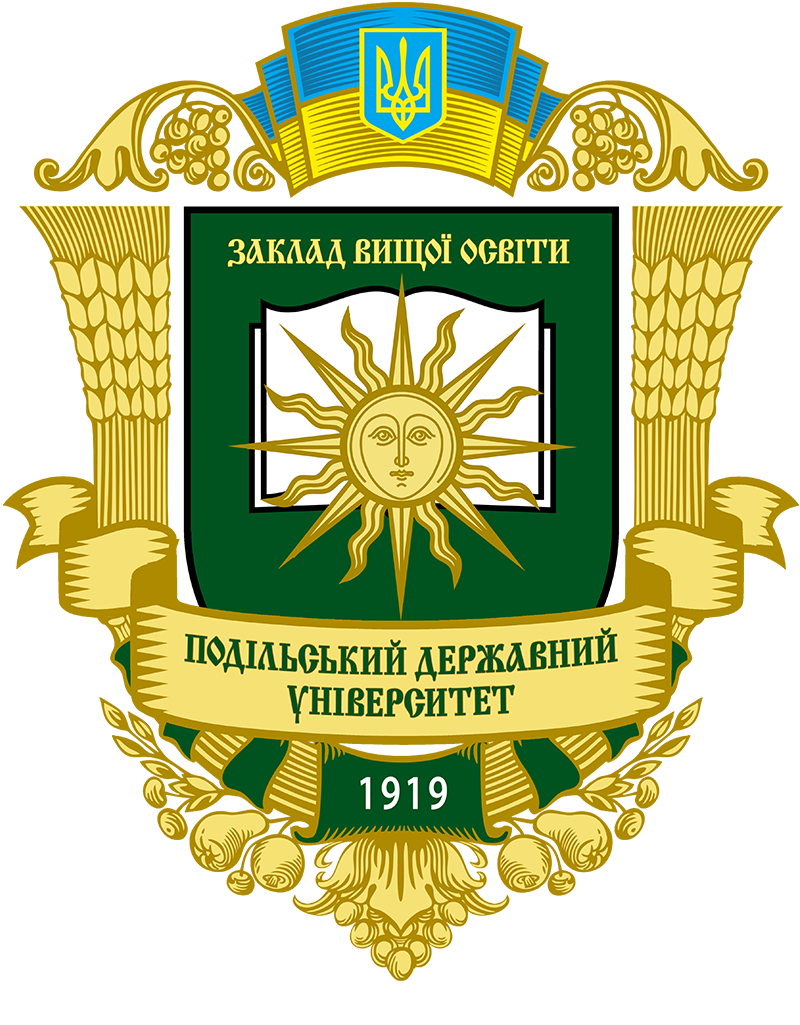FEATURES OF INTEGRATING VIRTUAL SIMULATORS INTO THE EDUCATIONAL PROCESS
DOI:
https://doi.org/10.37406/2521-6449/2023-1-4Keywords:
virtual simulators, higher education, distance learning, interactive teaching, learning management systemsAbstract
In the contemporary educational environment, an important task is the improvement of the learning process, ensuring educational accessibility, and the development of interactive teaching forms. This article explores the relevance and prospects of using virtual simulators in higher education, particularly in the context of distance and electronic learning. Increasing demands for the quality of education and the rapid development of information technologies necessitate blended and interactive learning, making the study of the features of integrating virtual simulators into the educational process an exceptionally important task. The article addresses the issue of assessing the performance of remote laboratory work, which becomes relevant in the absence of the instructor’s personal control over task completion. Additionally, it highlights the importance of the reliability of data generated by students in virtual simulators and the danger of inaccuracies in determining the level of material mastery and evaluation. A separate aspect of the article is dedicated to the selection and use of software for creating and managing virtual simulators. Examples of such programs, including Labster, SimScale, ANSYS, LabVIEW, and TeachVR, are discussed as successful tools already used in higher education to enhance learning and student development. It is important to consider not only the technical characteristics of the programs but also their impact on the learning and development process. Special attention is given to the question of effectively integrating virtual simulators into the educational process, particularly within learning management systems such as Moodle, Blackboard, or Canvas. The authors examine key requirements for virtual laboratory work, such as realism, adaptability, interactivity, collaboration, and ensuring safety and ethics. The general conclusions of the article underscore the importance of considering curriculum plans and course programs when integrating virtual simulators, as well as the necessity of supporting instructors and students during the implementation of new technologies into the educational process. Overall, the article highlights the advantages and challenges of using virtual simulators in higher education and provides recommendations for their successful integration into the learning process.
References
Вернік Ю. В. Деякі аспекти організації віртуальної наукової лабораторії. Українська біографістика. 2015. Вип. 12. С. 377–391.
Лопатюк С. П. Віртуальні лабораторні роботи з комп’ютерної графіки та 3D-моделювання. Vodnij transport. 2023. № 1(37). С. 222–229. URL: https://doi.org/10.33298/2226-8553.2023.1.37.25.
Balamuralithara B., Woods P. C. Virtual laboratories in engineering education: The simulation lab and remote lab. Computer Applications in Engineering Education. 2009. Vol. 17, no. 1. P. 108–118. URL: https://doi.org/10.1002/cae.20186.
Digital simulations for improving education: Learning through artificial teaching environments / ed. by D. Gibson, B. Youngkyun. Hershey PA : Information Science Reference, 2009.
Effectiveness of virtual reality in nursing education: a systematic review and meta-analysis / K. Liu et al. BMC Medical Education. 2023. Vol. 23, no. 1. URL: https://doi.org/10.1186/s12909-023-04662-x.
Fang N., Stewardson G. Improving Engineering Laboratory Experience Through Computer Simulations And Cooperative Learning. 2007 Annual Conference & Exposition, Honolulu, Hawaii, 24–27 June 2007. URL: https://doi.org/10.18260/1-2--1762.
Improving biotech education through gamified laboratory simulations / M. T. Bonde et al. Nature Biotechnology. 2014. Vol. 32, no. 7. P. 694–697. URL: https://doi.org/10.1038/nbt.2955.
Improving Physics Education Through Different Immersive and Engaging Laboratory Setups / J. Pirker et al. Advances in Intelligent Systems and Computing. Cham, 2018. P. 443–454. URL: https://doi.org/10.1007/978-3-319-75175-7_44.
Virtual Practices, Virtual Laboratories, and Virtual Internship Experience in Engineering Training / K. P. Alekseev et al. Advances in Higher Education and Professional Development. 2019. P. 390–403. URL: https://doi.org/10.4018/978-1-5225-3395-5.ch033.
Wu Y.-T., Anderson O. R. Technology-enhanced stem (science, technology, engineering, and mathematics) education. Journal of Computers in Education. 2015. Vol. 2, no. 3. P. 245–249. URL: https://doi.org/10.1007/s40692-015-0041-2.








